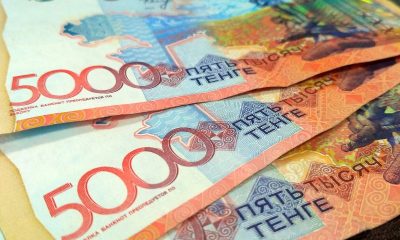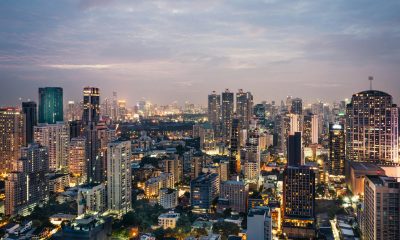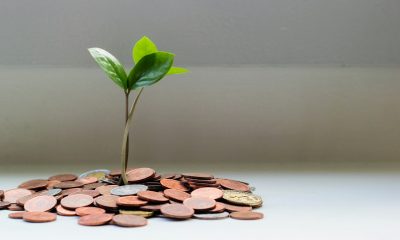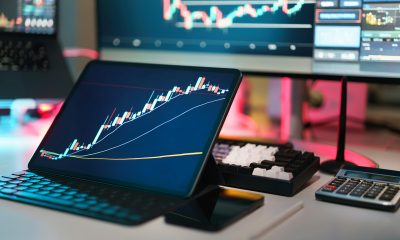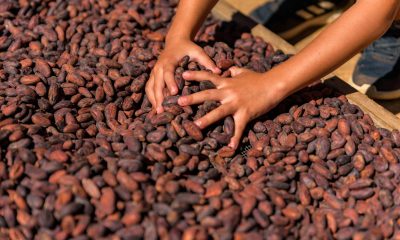Cannabis
Kazakhstan Embraces Hemp: From Ancient Roots to Global Market Ambitions
Kazakhstan has legalized low-THC hemp cultivation, aiming to produce high-security paper for export. Strict regulations limit THC to 0.3%. Production will center in North Kazakhstan, with licenses already issued. This marks a return to ancient hemp use in the region. Analysts project the global hemp market to reach $25.7 billion by 2034, driven by rising demand.
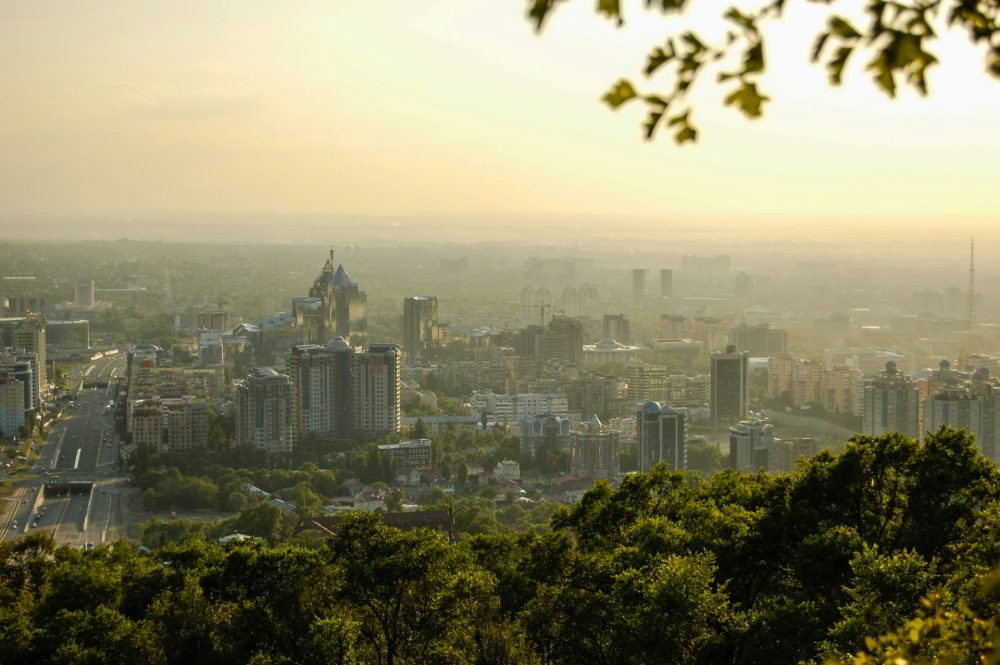
The idea isn’t new. Kazakhstan’s authorities first considered it in 2016, but the project was shelved. However, it didn’t stay buried. In spring 2025, a bill to legalize the cultivation of low-THC hemp was submitted to parliament. Lawmakers approved it swiftly, and in June, President Kassym-Jomart Tokayev signed it into law.
The legislation sets clear guidelines. The government will determine which cannabis varieties can be cultivated—those with high THC levels are excluded. The law also outlines the procedures for both cultivation and processing.
High-security paper: Key use and export potential
Why hemp? The reasons are financial and strategic. At a press conference, Deputy Minister of Agriculture Azat Sultanov explained:
“The main product will be high-security paper. It is a valuable export commodity, used to produce identity documents such as passports.”
The government in Kazakhstan expects production to be export-oriented. While there’s interest in other hemp-based products, development will depend on market demand.
Industrial hemp vs. cannabis: Strict regulation and 0.3% THC limit
It’s important to distinguish between industrial hemp and cannabis. The key component is tetrahydrocannabinol (THC), the psychoactive compound.
Kazakh law strictly limits THC content in industrial hemp to no more than 0.3%. By comparison, wild hemp in Kazakhstan can contain up to 15% THC—a major difference. Industrial hemp, therefore, has no psychoactive effect.
The 0.3% threshold is common internationally, though some countries allow up to 1%.
Production underway: Locations and licensed producers
Plans are quickly moving forward. The primary production site will be in North Kazakhstan Oblast.
Licensing is already in progress. In April, Deputy Interior Minister Sanjar Adilov announced that four licenses had been granted. One company in neighboring Kostanay Oblast has already begun cultivation and processing.
Kazakhstan and hemp: From ancient use to a booming industry
This initiative is also a nod to Kazakhstan’s past. Archaeological evidence shows that hemp was used for rope-making as early as 3000 BC. Now, the plant will serve a modern function—producing secure identification documents.
The growth potential is substantial. Analysts at Fact.MR project the global industrial hemp market will hit $25.7 billion by 2034, with an annual growth rate of 14.5%. And that’s considered a conservative estimate.
__
(Featured image by Alexander Serzhantov via Unsplash)
DISCLAIMER: This article was written by a third party contributor and does not reflect the opinion of Born2Invest, its management, staff or its associates. Please review our disclaimer for more information.
This article may include forward-looking statements. These forward-looking statements generally are identified by the words “believe,” “project,” “estimate,” “become,” “plan,” “will,” and similar expressions. These forward-looking statements involve known and unknown risks as well as uncertainties, including those discussed in the following cautionary statements and elsewhere in this article and on this site. Although the Company may believe that its expectations are based on reasonable assumptions, the actual results that the Company may achieve may differ materially from any forward-looking statements, which reflect the opinions of the management of the Company only as of the date hereof. Additionally, please make sure to read these important disclosures.
First published in FaktyKonopne. A third-party contributor translated and adapted the article from the original. In case of discrepancy, the original will prevail.
Although we made reasonable efforts to provide accurate translations, some parts may be incorrect. Born2Invest assumes no responsibility for errors, omissions or ambiguities in the translations provided on this website. Any person or entity relying on translated content does so at their own risk. Born2Invest is not responsible for losses caused by such reliance on the accuracy or reliability of translated information. If you wish to report an error or inaccuracy in the translation, we encourage you to contact us.

-

 Cannabis2 weeks ago
Cannabis2 weeks agoMedical Cannabis in Poland 2025: Growth, Stability, and Wider Access
-

 Impact Investing5 days ago
Impact Investing5 days agoBeyond the ESG Label: Integrating Sustainability for Long-Term Value
-
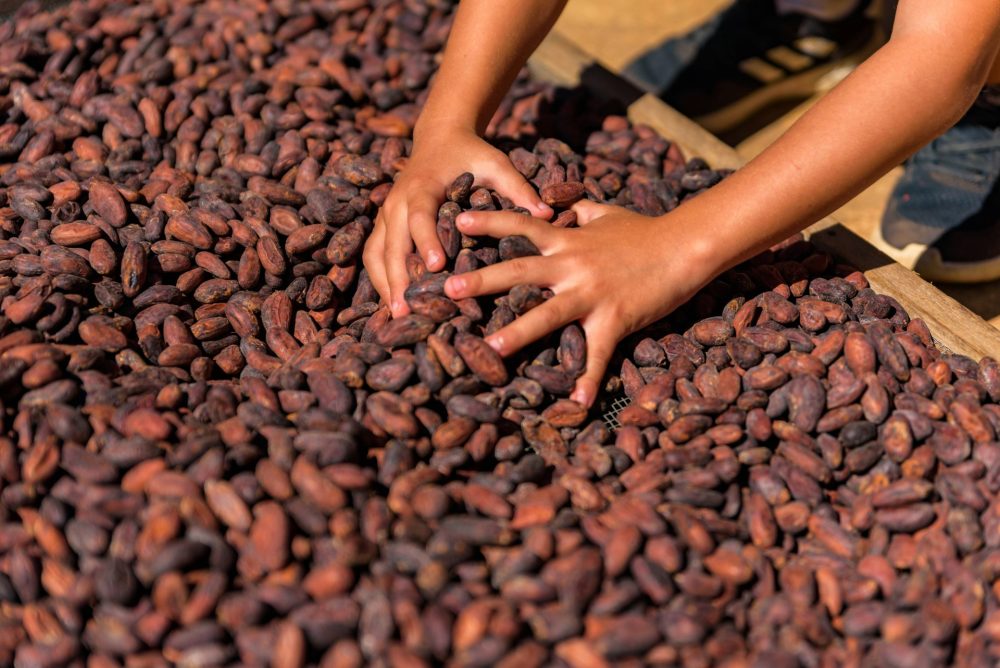
 Markets1 day ago
Markets1 day agoCocoa Markets Flat as Supply Improves and Demand Remains Weak
-

 Crypto2 weeks ago
Crypto2 weeks agoBitMine Surpasses 4 Million ETH Holdings Amid Market Volatility
